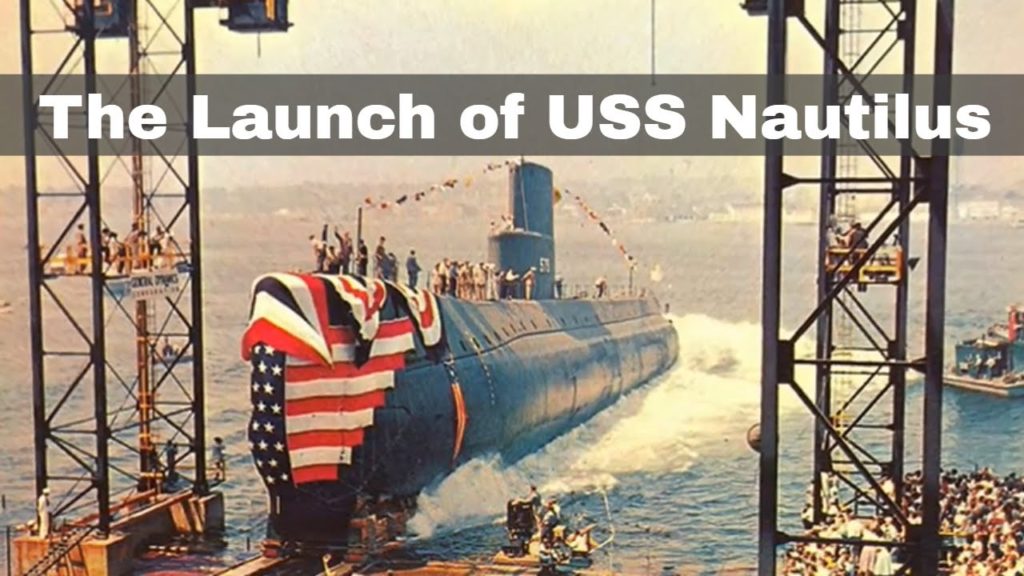August 1 — August 15, 2021
History Matters
Showing our children that their past is prelude to their future
On August 3, 1958, USS Nautilus, the world’s inaugural nuclear-powered submarine, turned into the first seagoing vessel to reach the North Pole from Point Barrow, Alaska, to Iceland.
According to History.com, “Much larger than the diesel-electric submarines that preceded it, the Nautilus stretched 319 feet and displaced 3,180 tons. It could remain submerged for almost unlimited periods because its atomic engine needed no air and only a very small quantity of nuclear fuel. The uranium-powered nuclear reactor produced steam that drove propulsion turbines, allowing the Nautilus to travel underwater at speeds in excess of 20 knots.”
In those days, readings that exceeded 85 degrees north of the equator, along the eighty-fifth parallel—sometimes—became messy; to counter that condition, Sperry Rand built a special gyrocompass to stabilize the risk.
For more information, the Grateful American Book Prize recommends The Ice Diaries: The True Story of One of Mankind’s Greatest Adventures by Captain William R. Anderson, the first skipper of the Nautilus.

On August 9, 2009, Sonia Sotomayor became the first Hispanic to serve on the U.S. Supreme Court. She was appointed by President Barack Obama. Eighteen years earlier, President George H.W. Bush’s nomination had propelled her to the U.S. District Court of the Southern District of New York; in 1997, she was elevated to the Court of Appeals for the Second Circuit.
As a child growing up in the projects, Sotomayor was galvanized by television’s Perry Mason, to study law; in 1979, she received her J.D. from Yale Law School.
Justice Sotomayor won the Grateful American Book Prize in 2019 for her memoir, The Beloved World of Sonia Sotomayor. One of the co-founders of the Prize, said at the time, “it’s a compelling life-lesson for America’s adolescents. It also embodies the essence of the Prize, which is to encourage seventh to ninth graders to read historical fiction and nonfiction.”

On August 14, 1935, President Franklin Delano Roosevelt signed the Social Security Act, into law, and–suddenly–millions of retirees had a safety net of income.
When Roosevelt became president in 1933, the country was thrashing about with great unemployment, poverty, and mass desperation. He devised his “New Deal,” to help those–in particular–who needed assistance.
The Works Progress Administration (WPA) and the Civilian Conservation Corps (CCC)–in contrast–provided more vigorous Americans with access to employment opportunities.
For more information about the Great Depression, the Grateful American Book Prize recommends Murray N. Rothbard’s America’s Great Depression.

History Matters is a biweekly feature courtesy of The Grateful American Book Prize.




